|
高光譜分析用于礦物勘探分析
Spectroscopy has been a popular way to identify minerals and geologic materials in the visible to near-IR, shortwave-IR, as well as longwave-IR spectral regions. This approach has formed the basis for measurements using spectral imaging taken remotely, which is actually comprised of imagery in hundreds of different spectral bands with a unique spectrum at each image pixel.
While visible to near-IR (VNIR) and shortwave-IR (SWIR) measurements have been relatively easy to obtain for decades, longwave-IR (LWIR) has been much more difficult. It is only recently that full range HSI data analysis has been able to be gathered.
New research is focused on improving identification and also the ability to map geologic materials using information from the full spectral range. Using data from NASA’s imaging spectrometer spanning the VNIR-SWIR and data covering the LWIR, researchers were able to apply a standard approach to analyze the HSI data.
Individual analysis of the SWIR AVIRIS and VNIR, as well as LWIR hyperspectral data for each range, provided extremely rich and complex data patterns. Researchers were able to directly relate spatial materials and spectral endmembers to geological processes and physiochemical properties based on emissivity minima, geologic context, and specific reflectance absorption. This unique mapping approach showcases some similarities that are not easily observed by simply mapping the spectrally predominant material in individual ranges. The combined VNIR-SWIR-LWIR combined mapping led to results that could not have been accomplished with a single spectral range.
Spectral Imaging in High Demand
As the market for spectral imaging continues to grow, Gooch & Housego is proud to offer a variety of spectral imagers and spectroradiometers for truthing and reference to clients of all capabilities. For more information on Gooch & Housego’s products and services, don’t hesitate to call 光傲科技 400-921-9858
| 
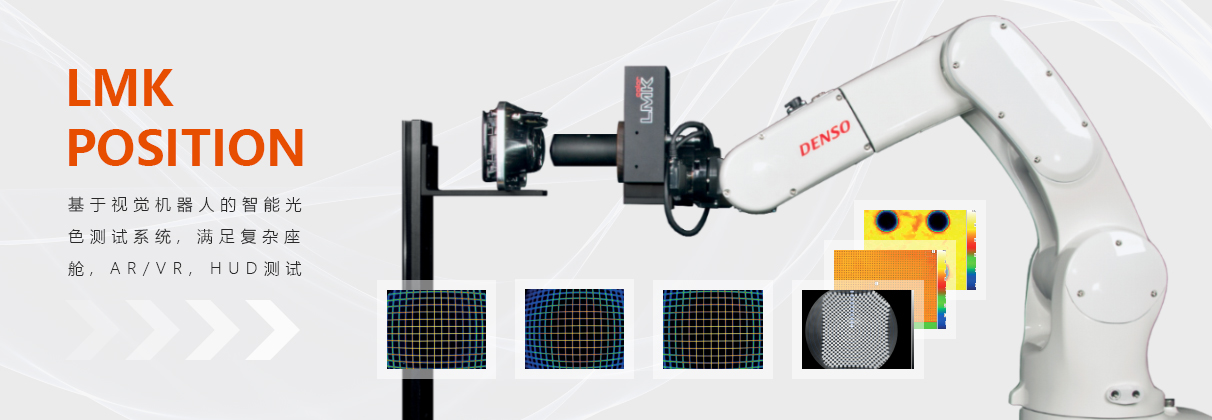

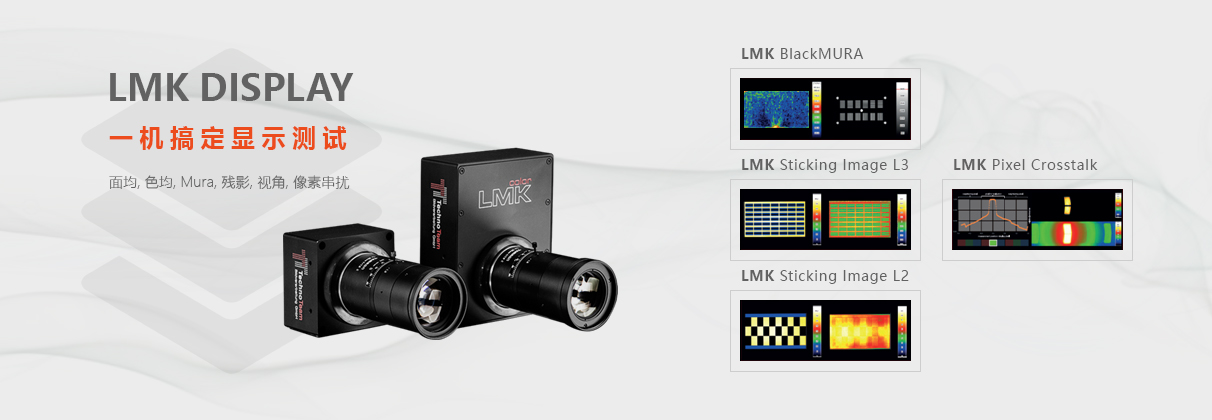
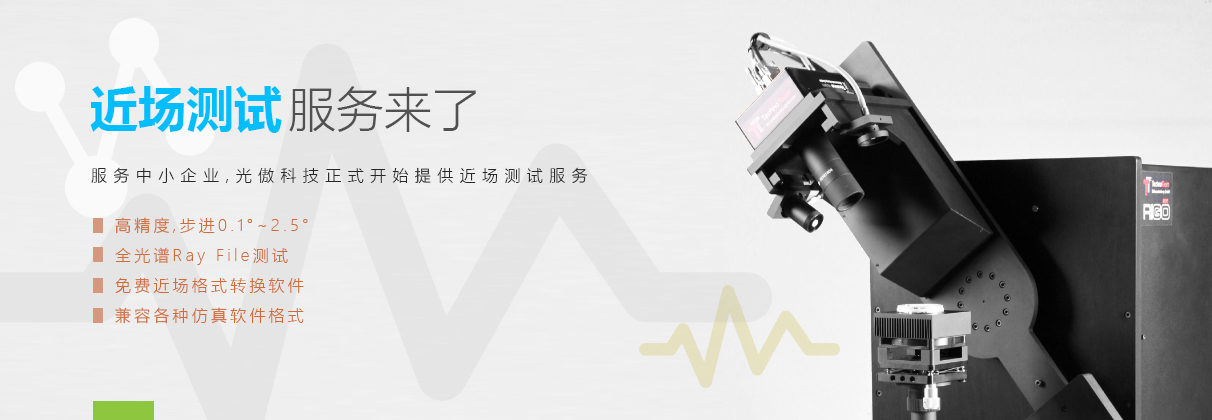
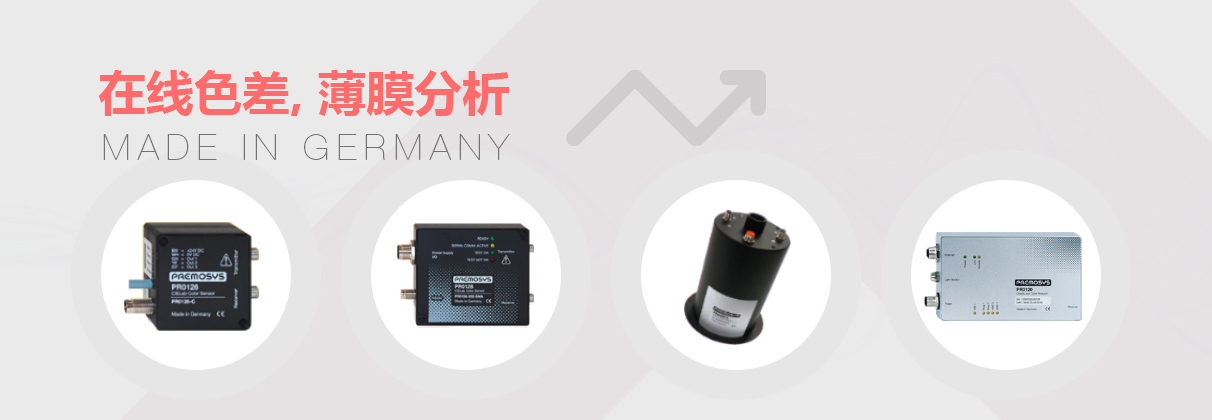
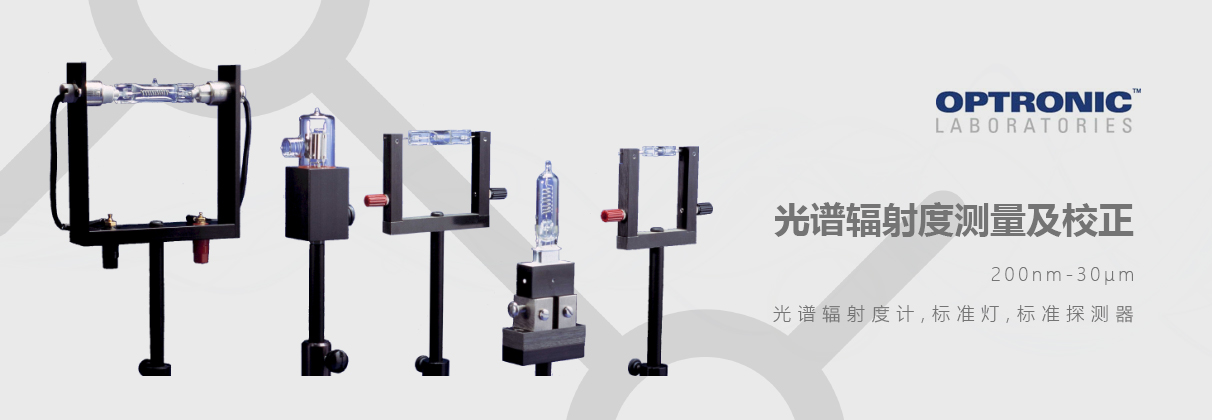


 解決方案
解決方案 科學研究
科學研究 光譜成像技術
光譜成像技術







